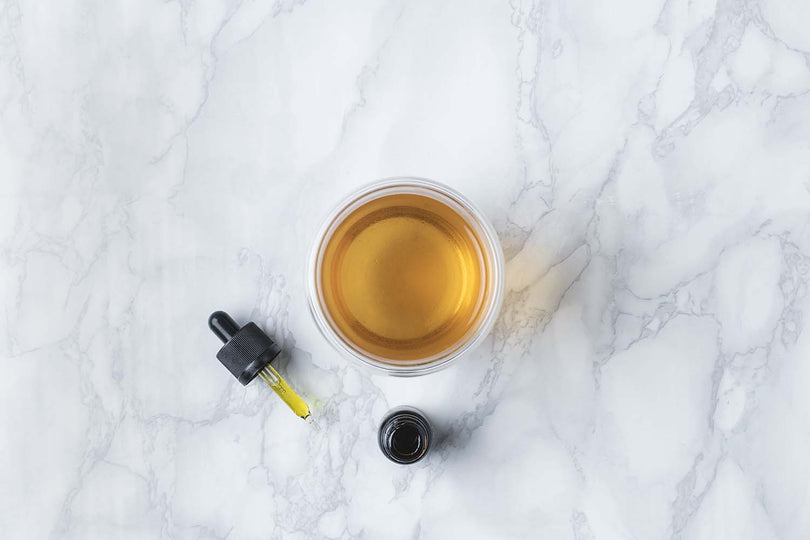Now that it’s available in grocery stores, CBD is officially on the verge of mainstream acceptance. But despite its growing popularity – 1 in 7 Americans use CBD for pain relief and therapeutic purposes, according to a recent Gallup survey – there’s a decent chance that although you’ve heard of CBD, you might not know what it is or how it works.
Let us help clear things up.
What is CBD?
CBD, which stands for cannabidiol, is one of more than 120 organic chemical compounds found in hemp, a member of the Cannabis Sativa family. Unlike it’s cannabinoid cousin, THC Delta 9, CBD delivers therapeutic benefits without the undesirable side effects. CBD is non-toxic and non-habit forming. It doesn’t have psychoactive effects and won’t get you “high.”
Is CBD legal?
Yes! Finally! Hemp had been illegal for decades under the 1970 Controlled Substances Act because federal law lumped it together with all other cannabis plants. However, that all changed last year when President Trump signed the Agriculture Improvement Act of 2018 (more commonly known as the 2018 Farm Bill) into law. Among the 2018 Farm Bill’s broad-ranging provisions was the legalization of the sale and cultivation of hemp at the federal level. The new law went into effect Jan. 1, 2019.
What do people use CBD for?
One of the most common uses, and what we specialize in, is treating different types of chronic pain. An animal study from the European Journal of Pain showed that topical application of CBD helps lower pain and inflammation due to arthritis. Other studies have shown CBD’s potential for treating inflammatory and neuropathic pain. CBD is also used for addressing insomnia and anxiety.
How do you take CBD?
CBD consumption comes in a variety of forms, including edibles, vapors, tinctures and topical solutions. Canodyne is a topical menthol gel that is formulated to combine organic healing compounds with clinically proven pharmaceutical pain relievers. We’ll discuss more about our gel and why it’s our preferred form in a later post.
How does CBD work?
In humans, there is a vast network of receptors located in the brain and throughout the central and peripheral nervous systems known as the Endocannabinoid System. These receptors react to cannabinoids, including CBD, to regulate many physiological processes such as pain relief. How it works is when those receptors in our bodies interact with a cannabinoid, they trigger changes in cells that produce healing benefits for the body and mind. Cannabinoids can come from our bodies or from a plant, such as cannabis. Plant-based cannabinoids are called phytocannabinoids.
How do you extract CBD?
There are different methods. We use ethanol/alcohol to extract our hemp, the most commonly used method for cannabis/hemp extracts. It is a clean and cold extraction method that allows for optimal retention of terpenes and other sensitive compounds. We also employ low-temperature and relatively low-pressure CO2 extractions for some of our products.
Hopefully our brief Q&A gives you a better sense of what CBD is and how it works. We don’t expect you to have an intricate understanding of the Endocannabinoid System, but at least now you know enough to be conversational next time someone talks about CBD at a party. We are firm believers in the power of CBD to relieve pain and look forward to seeing more and more scientific studies confirming its healing properties.
Stay tuned for more information about Canodyne in our next post.


